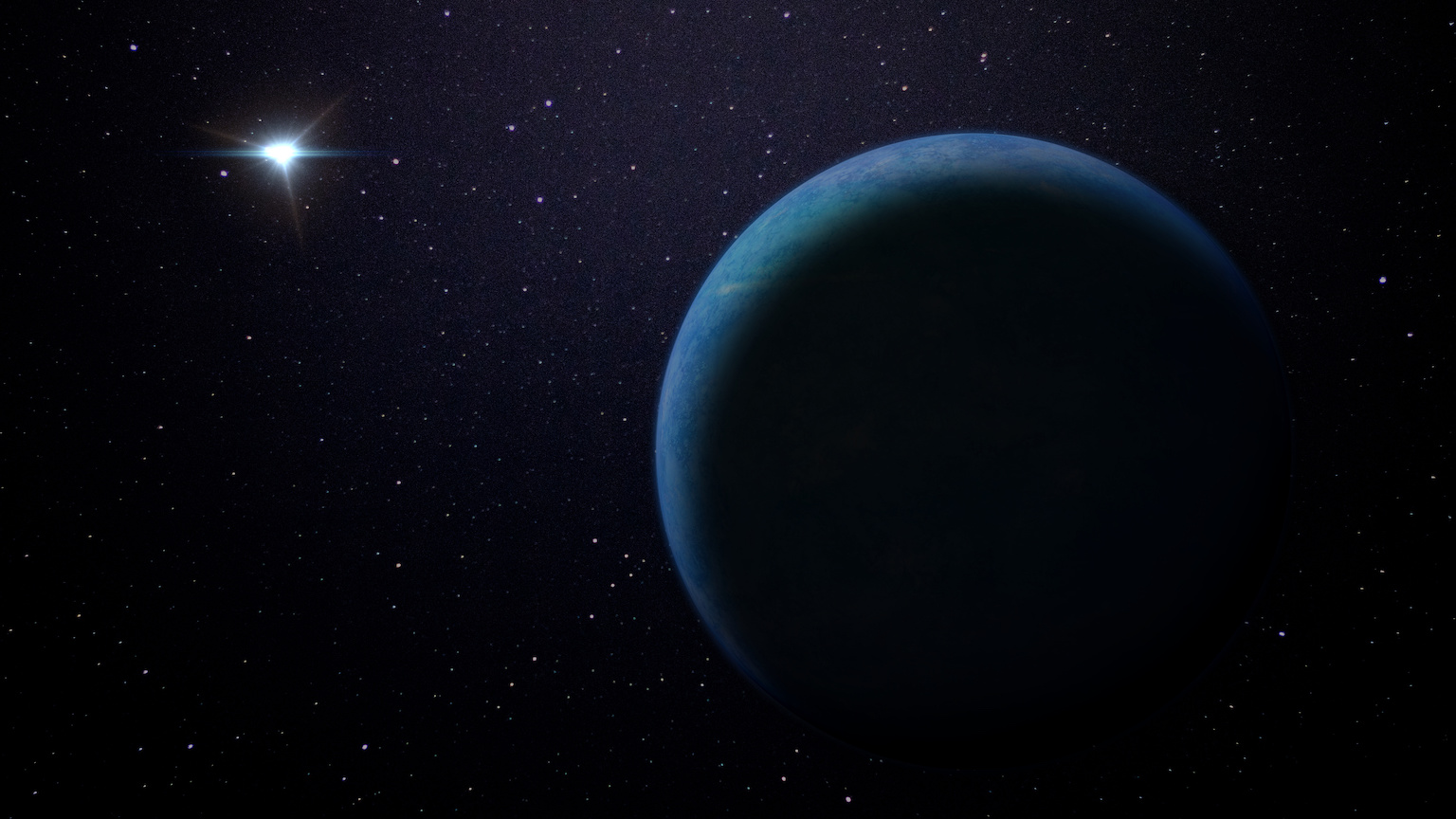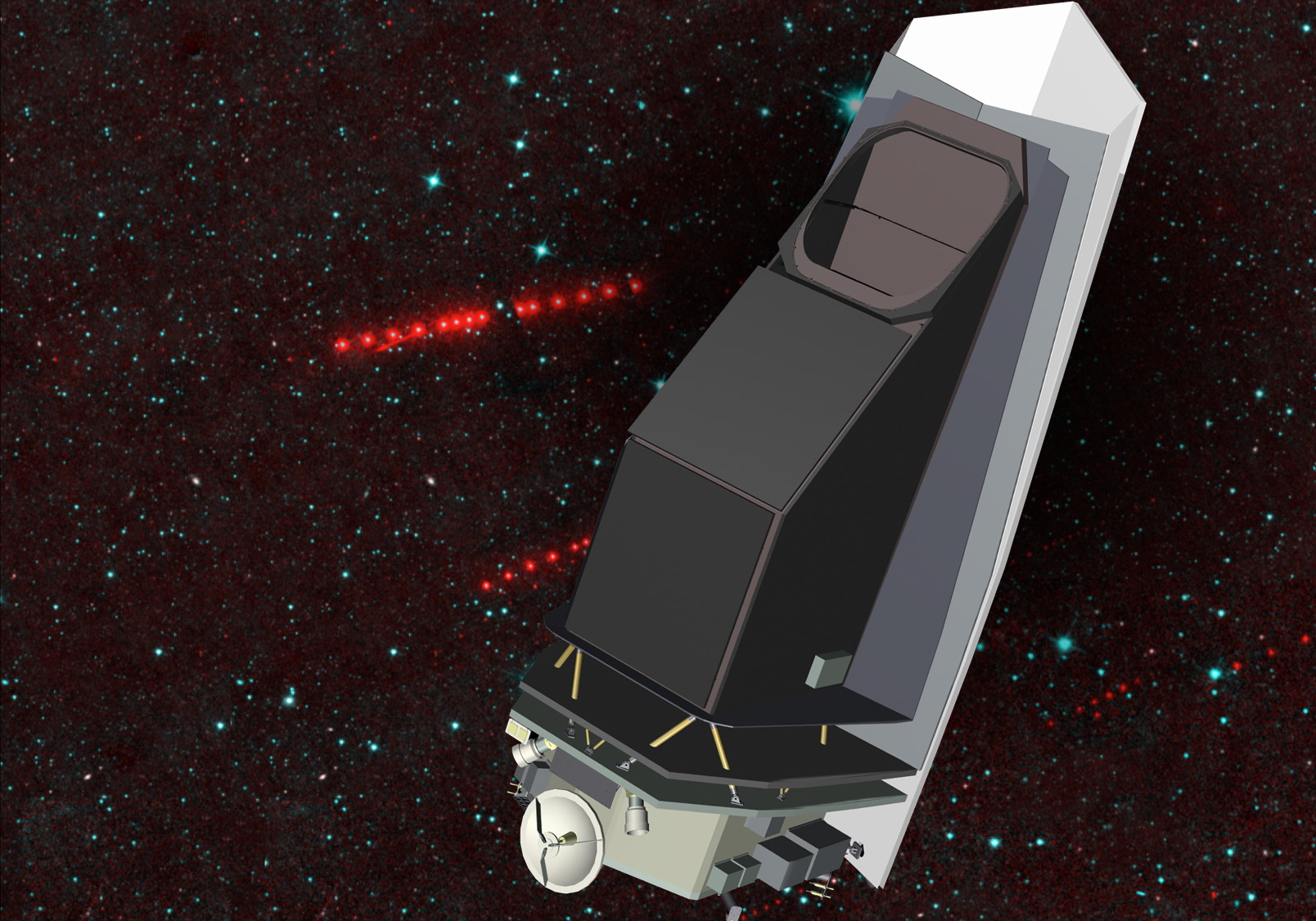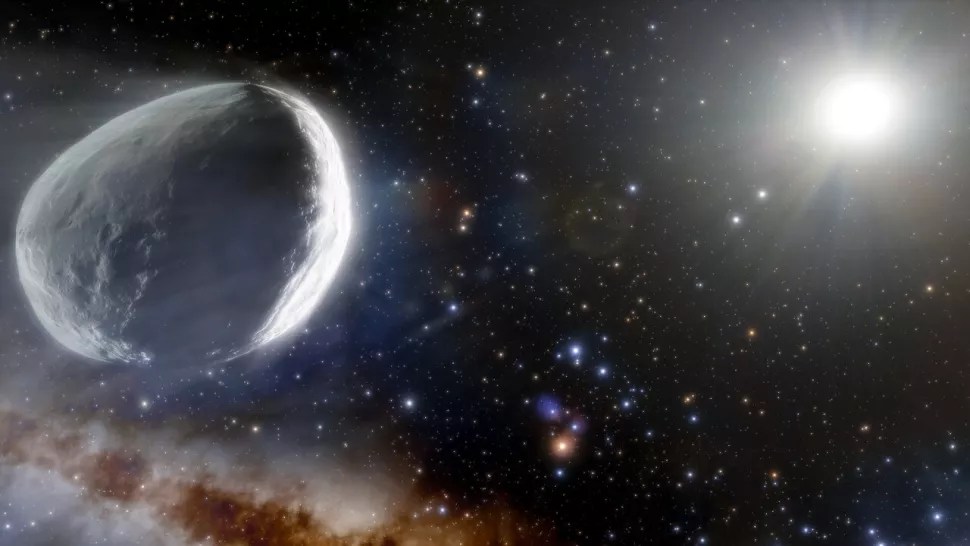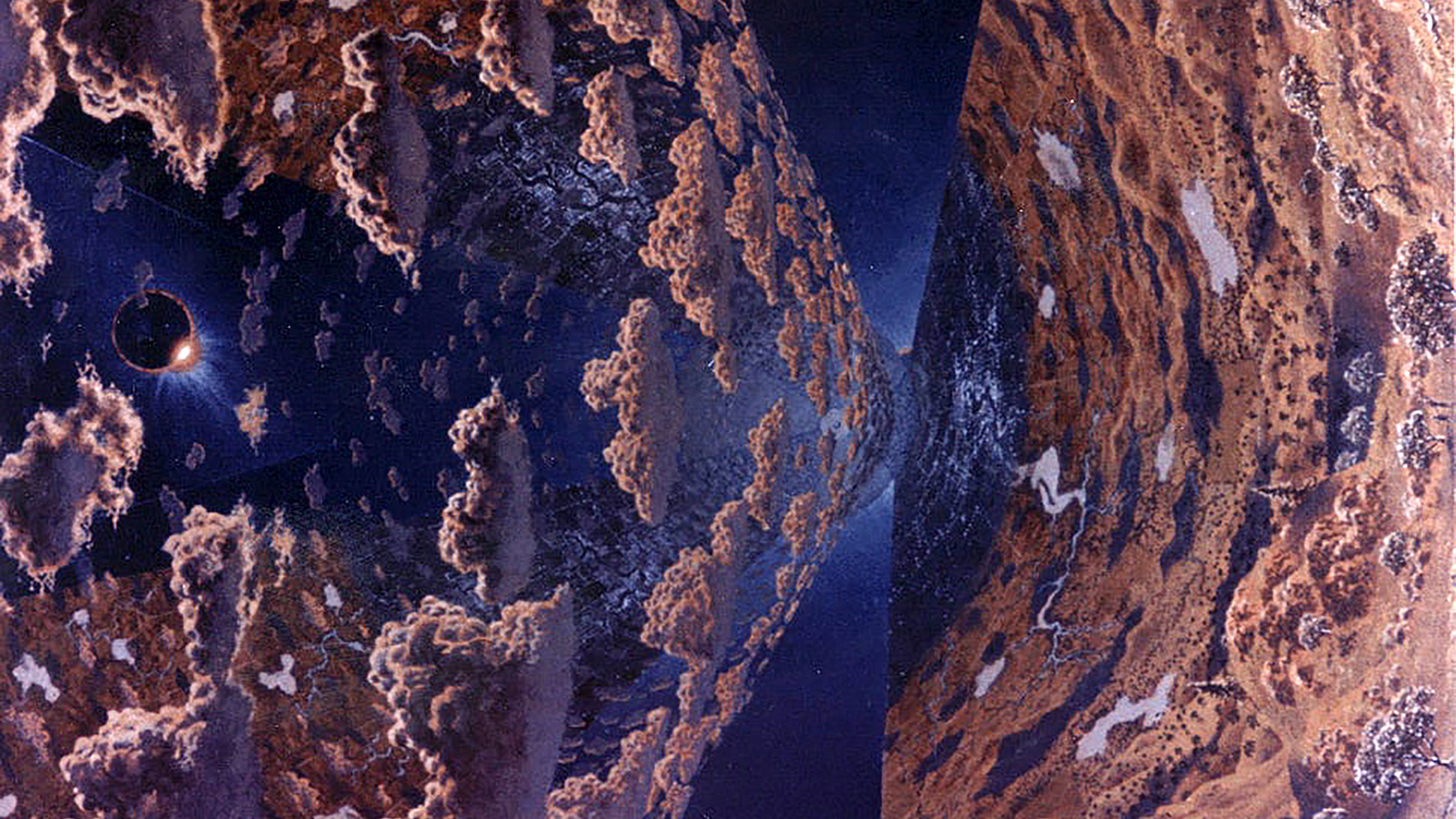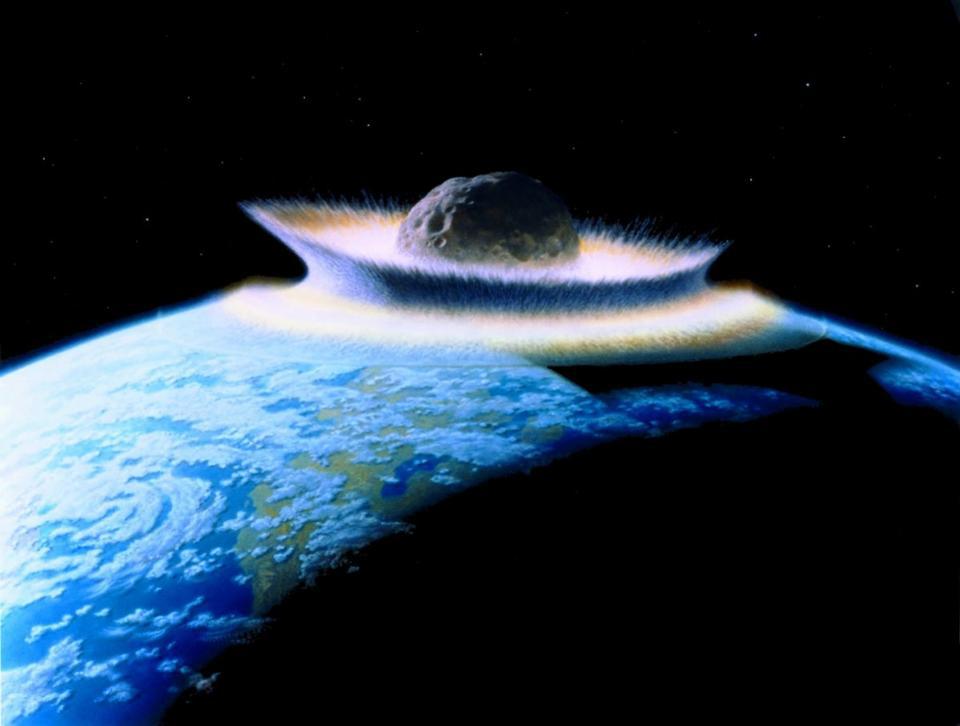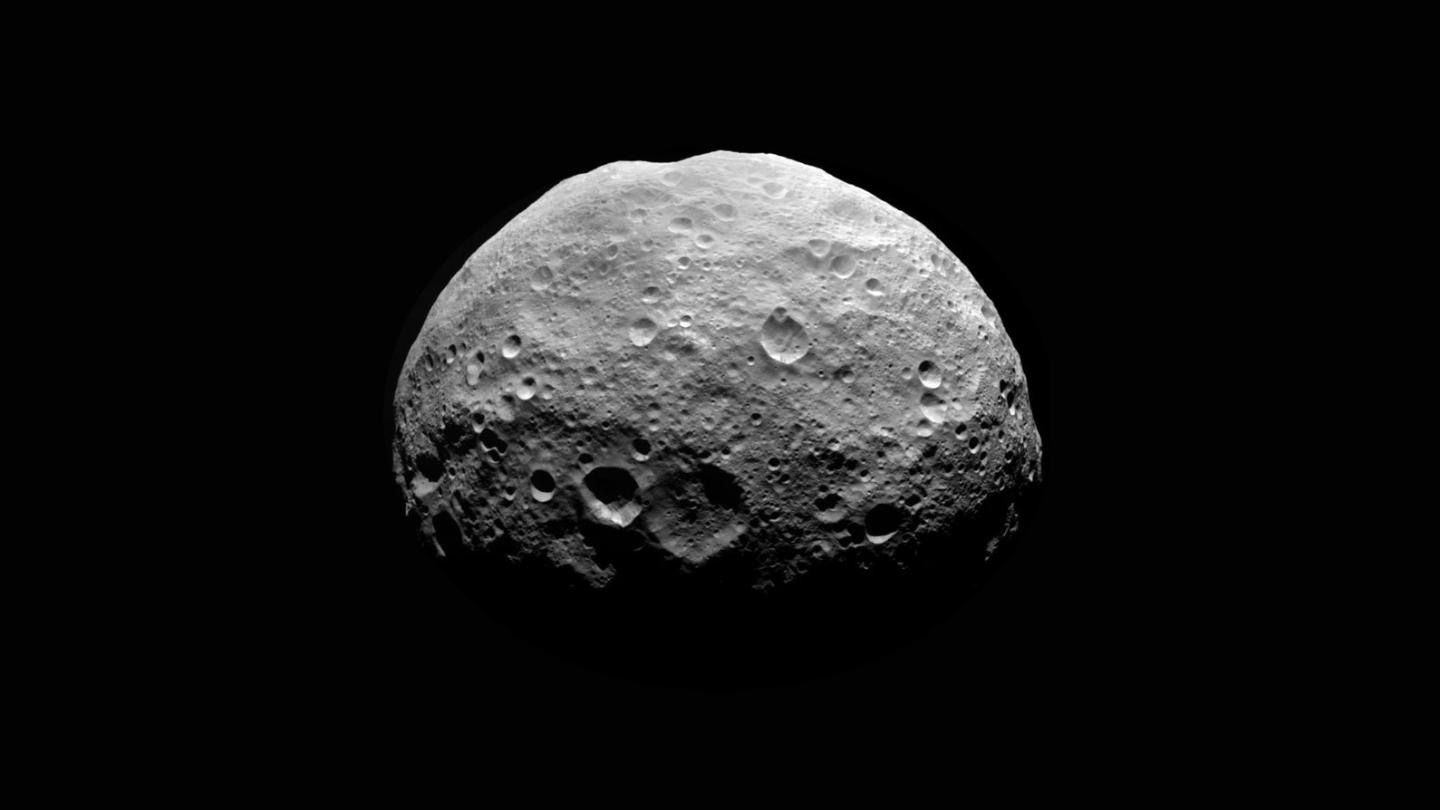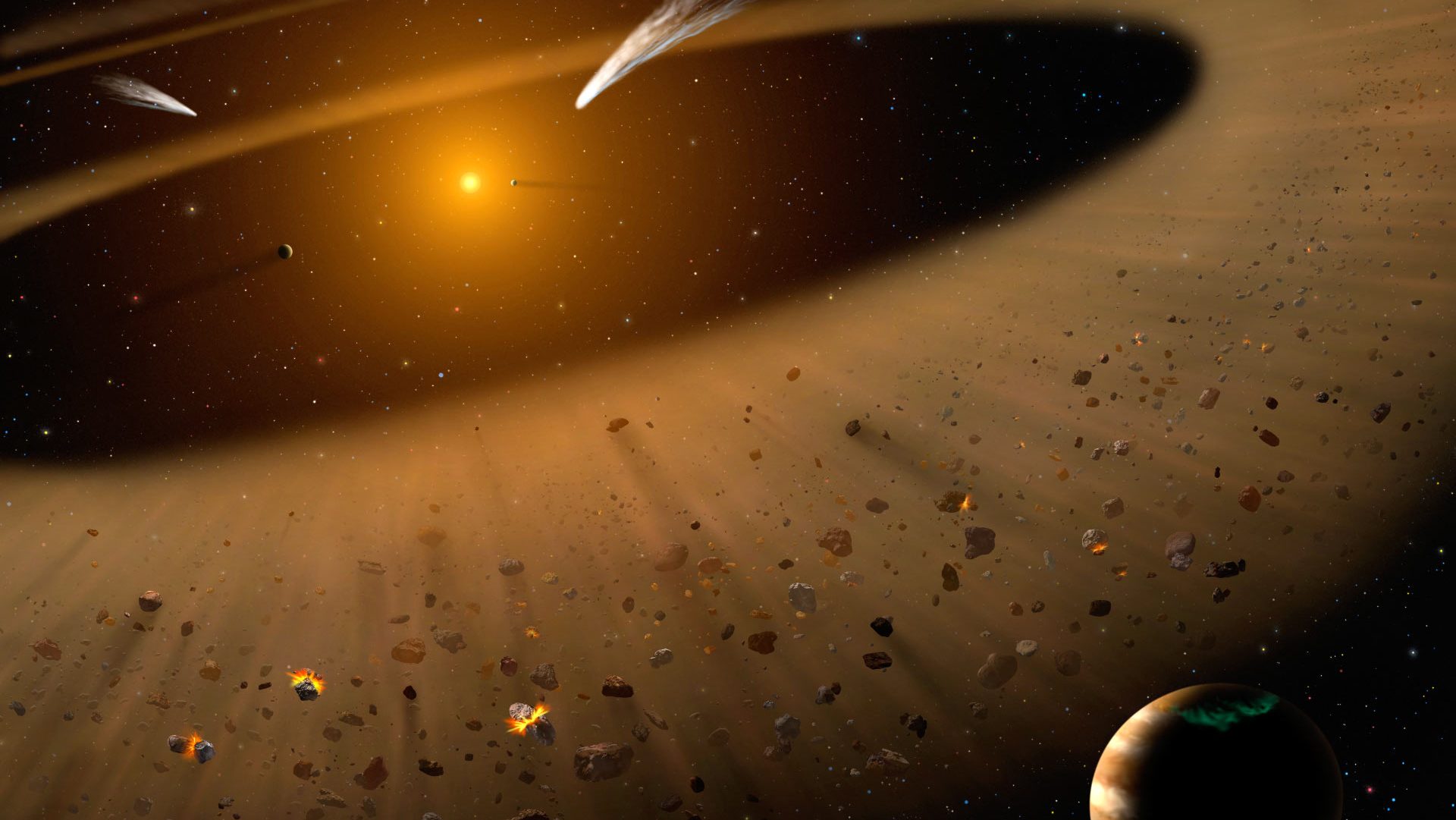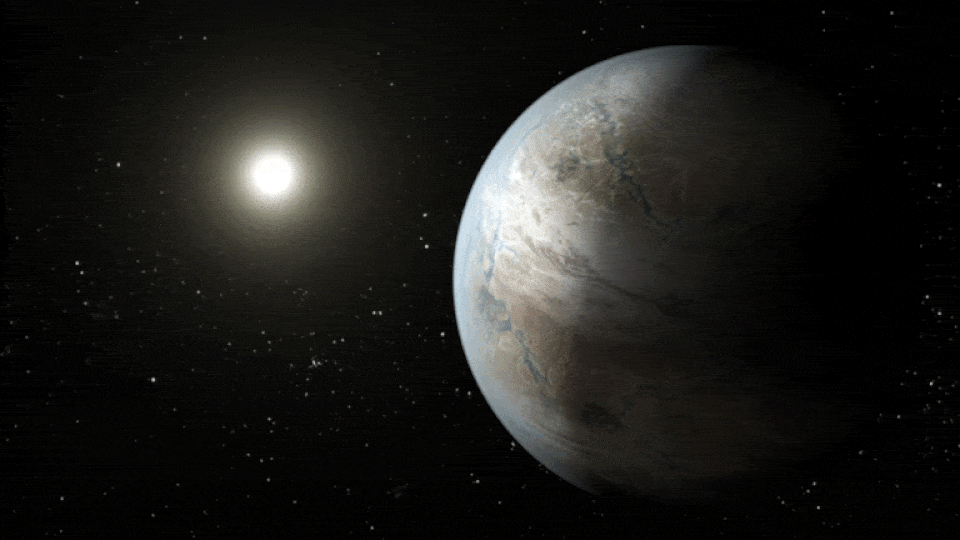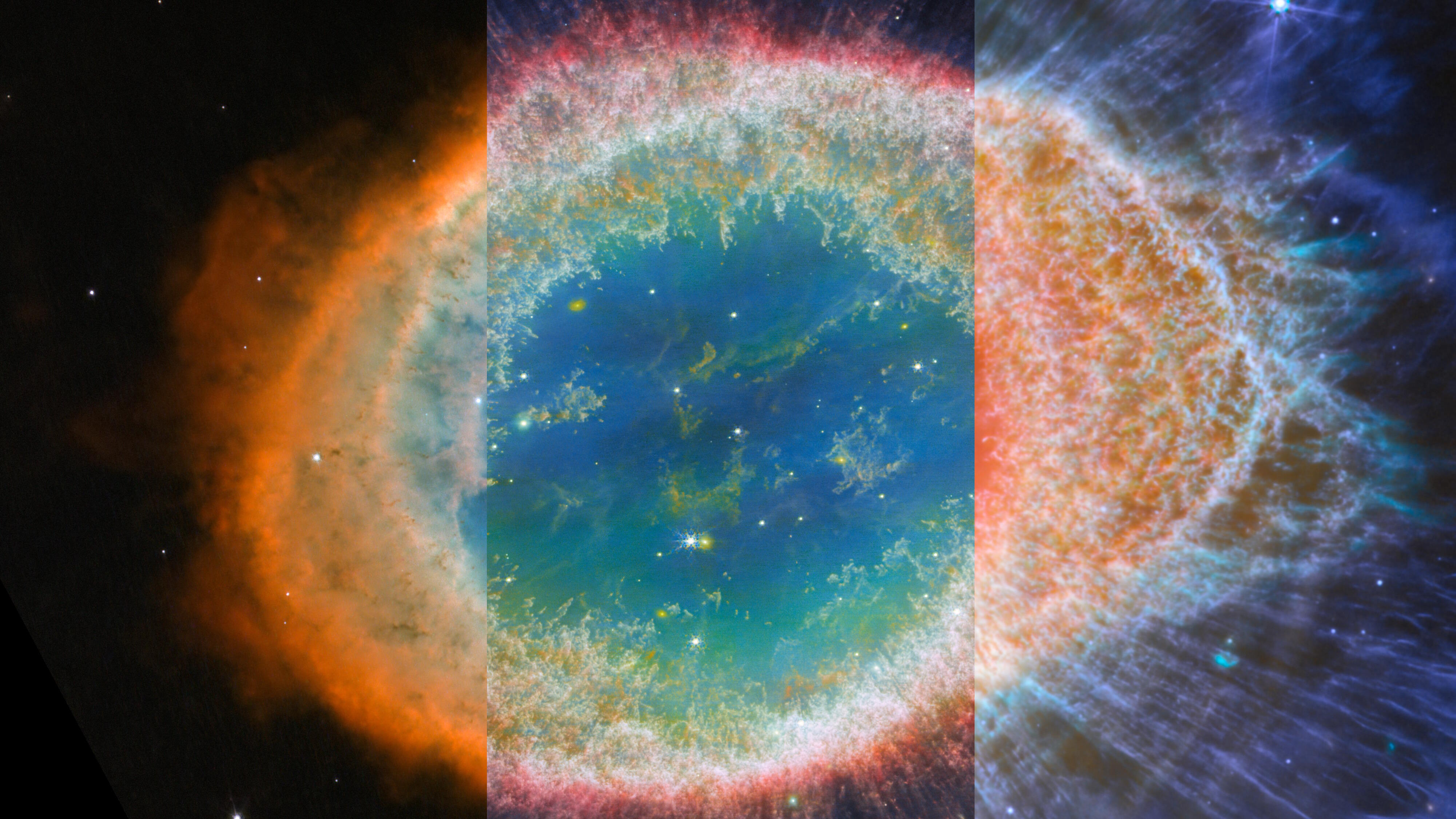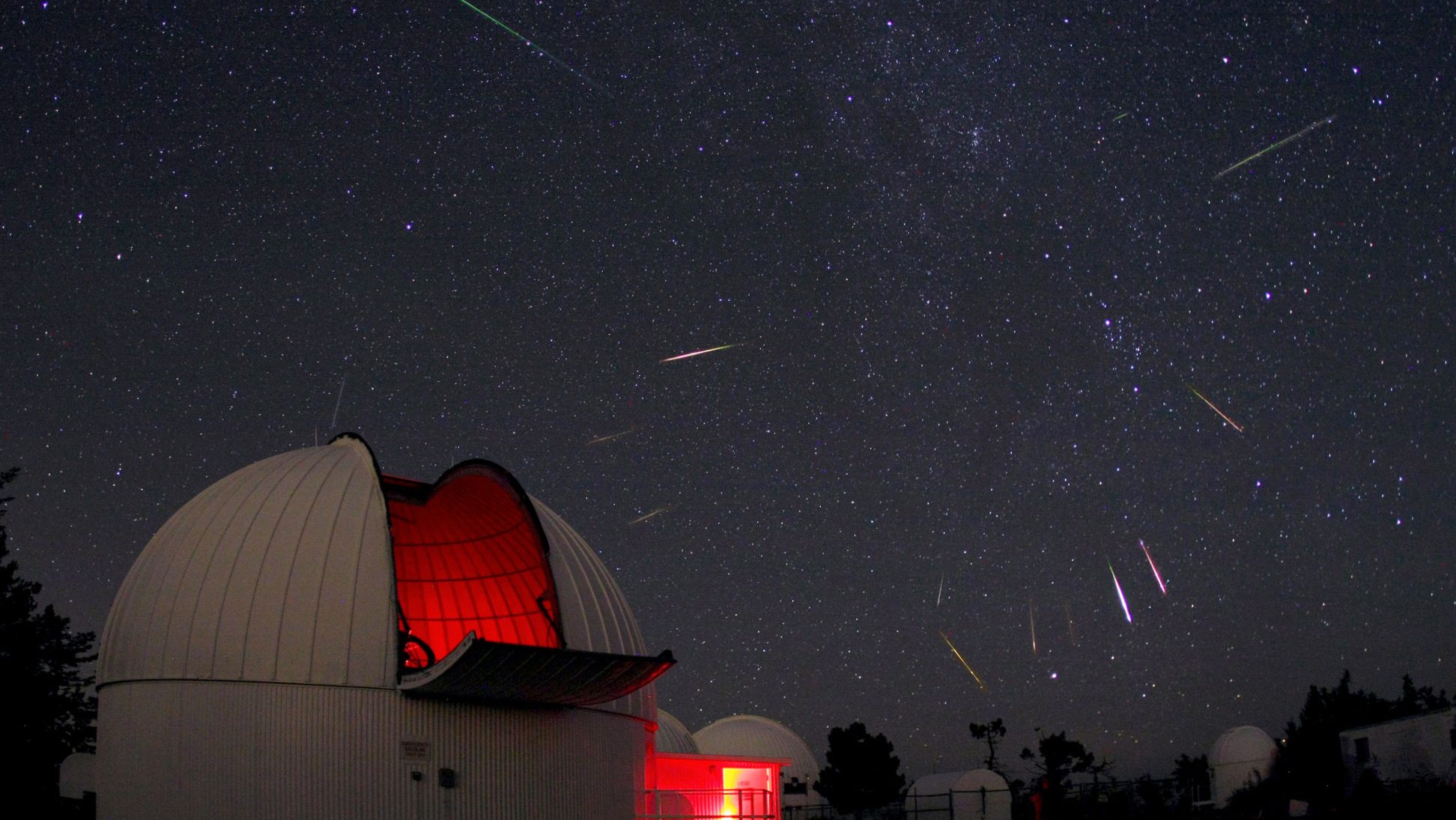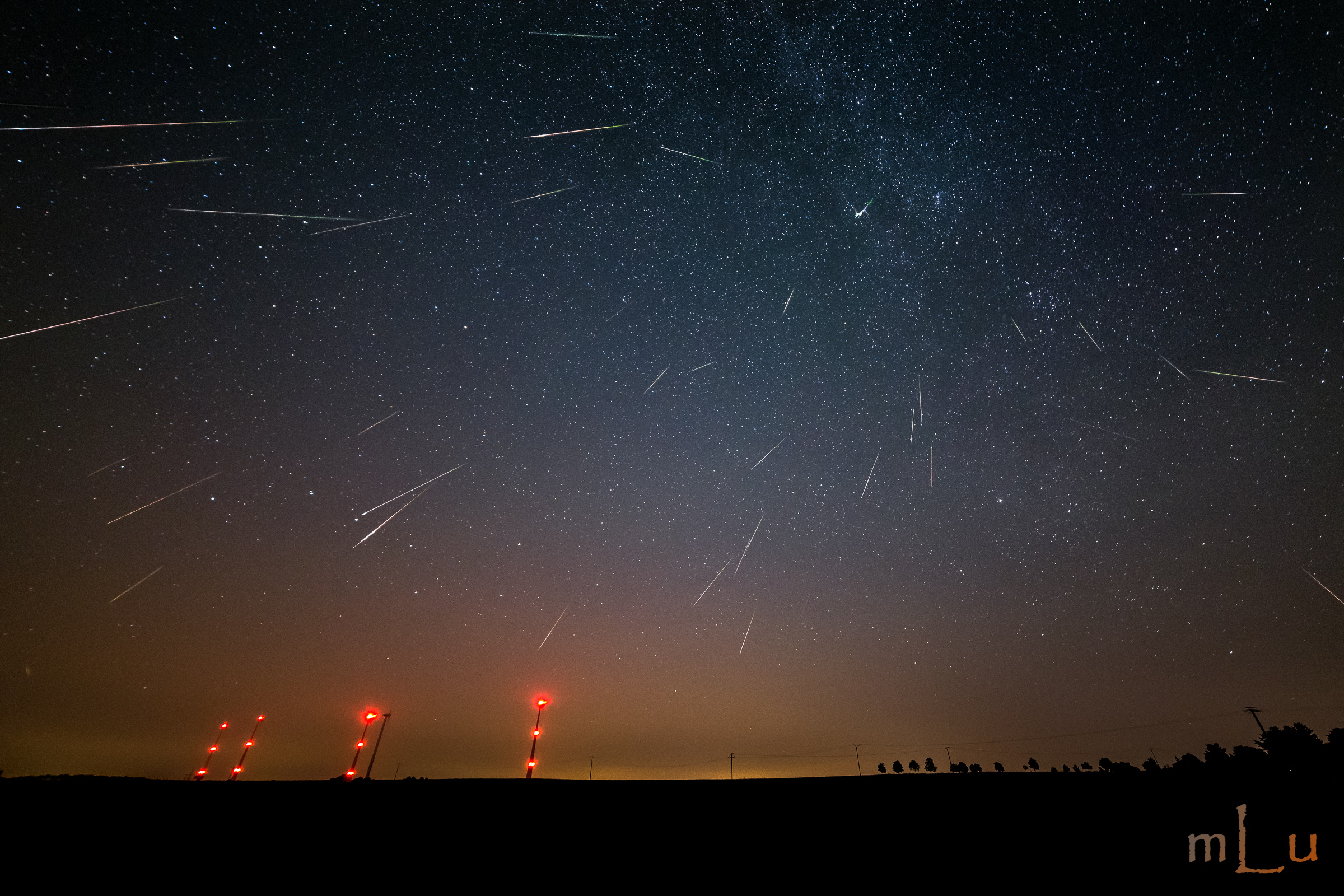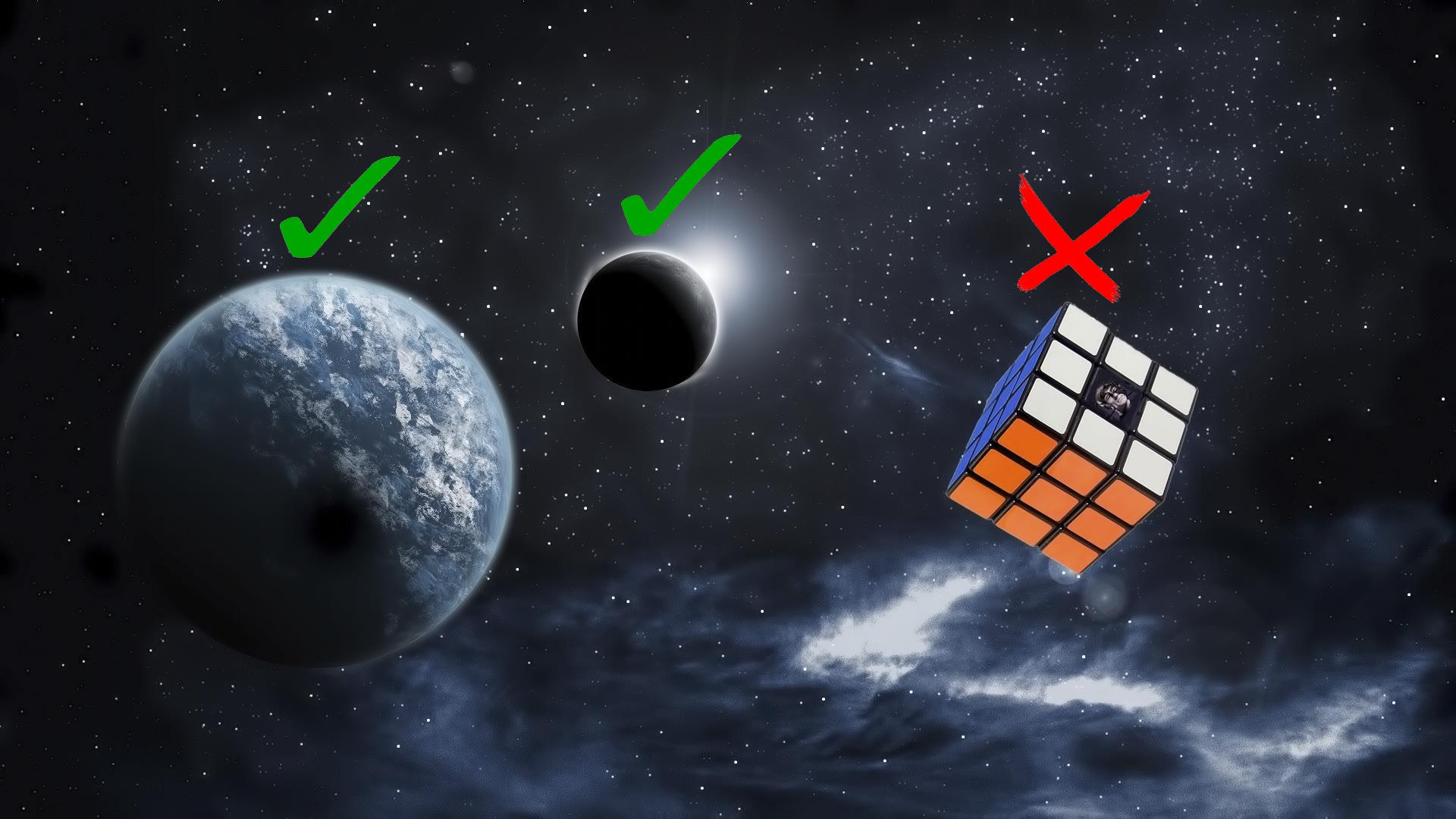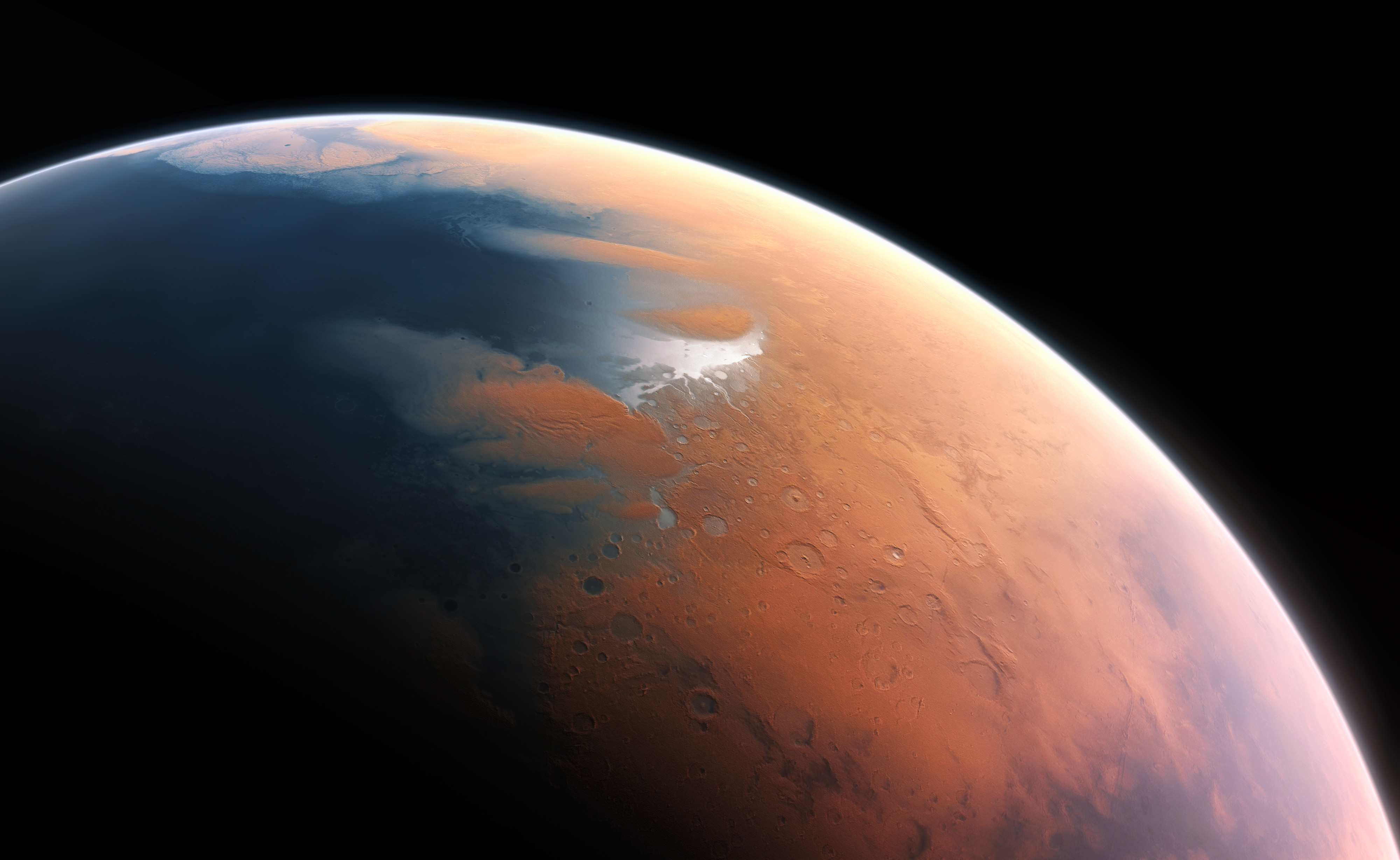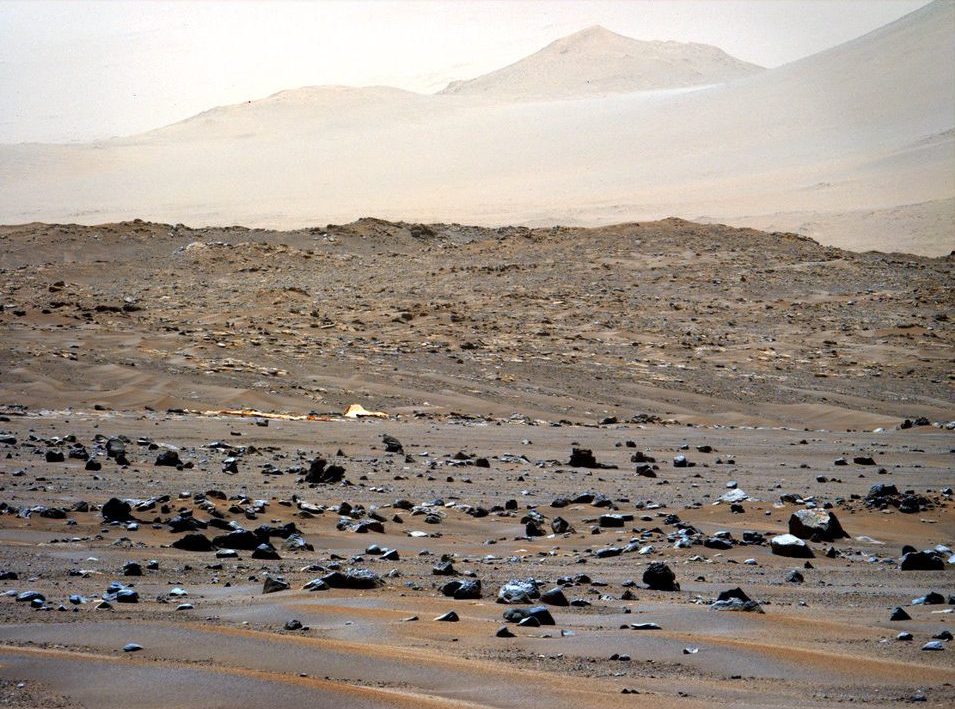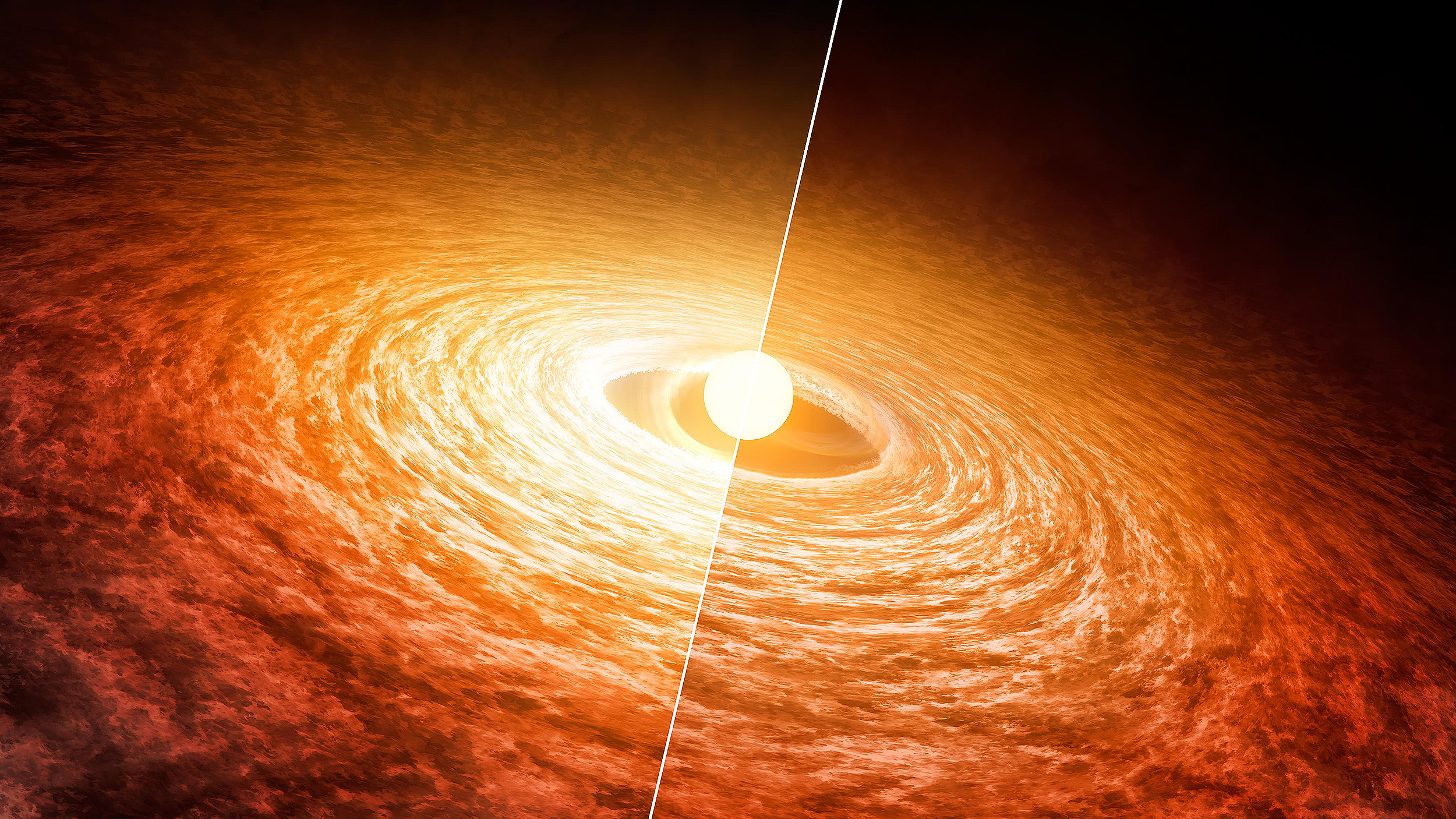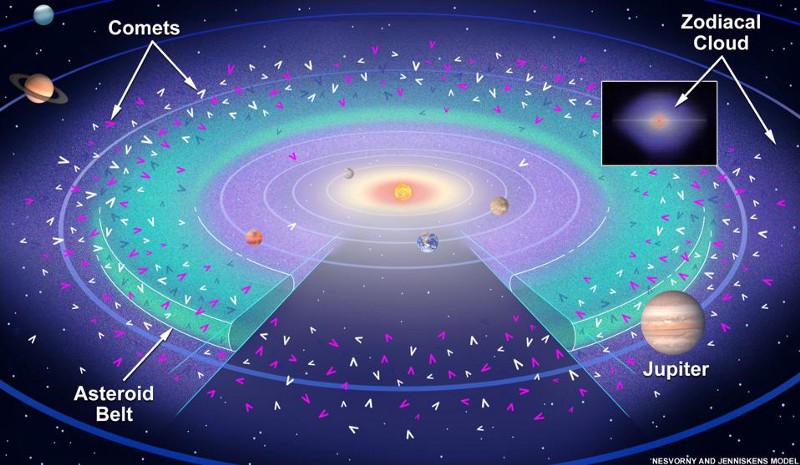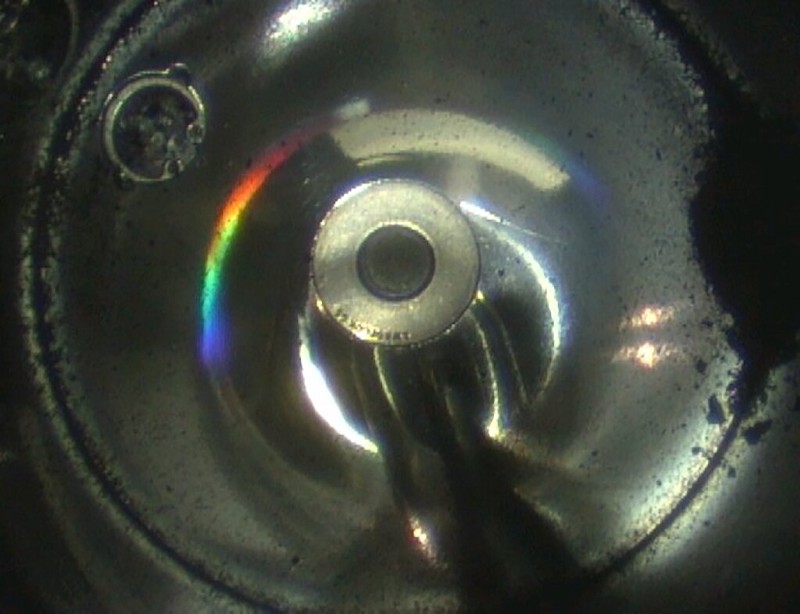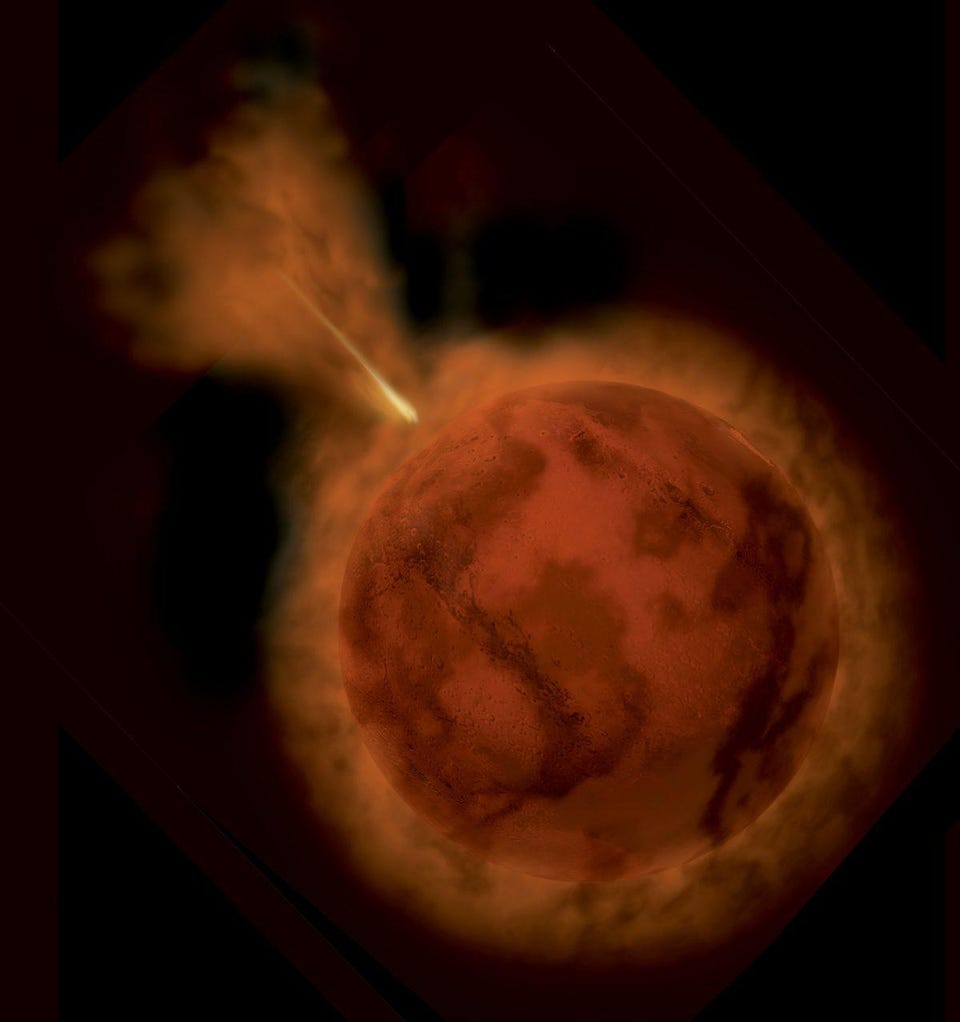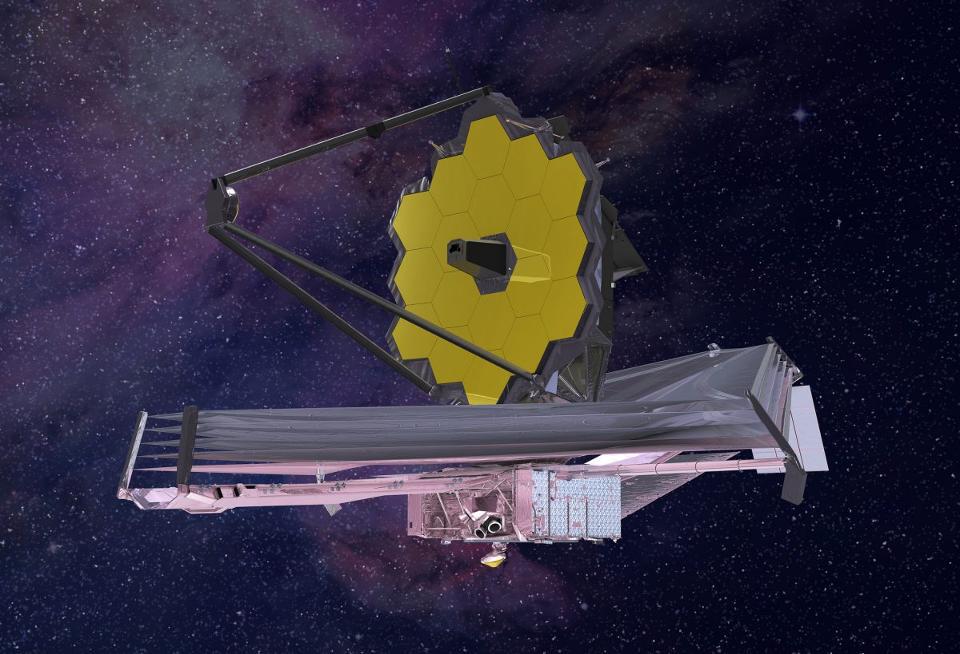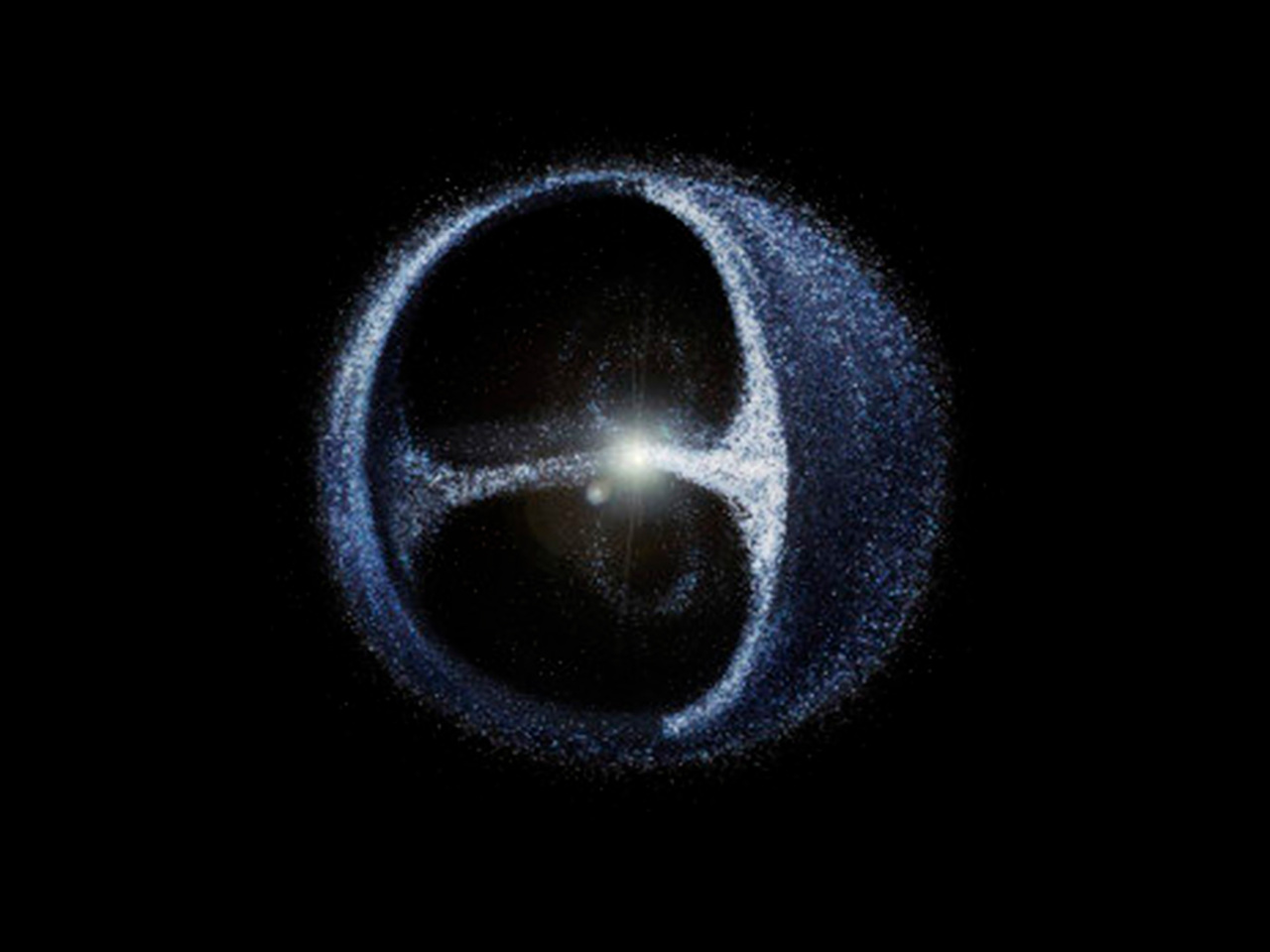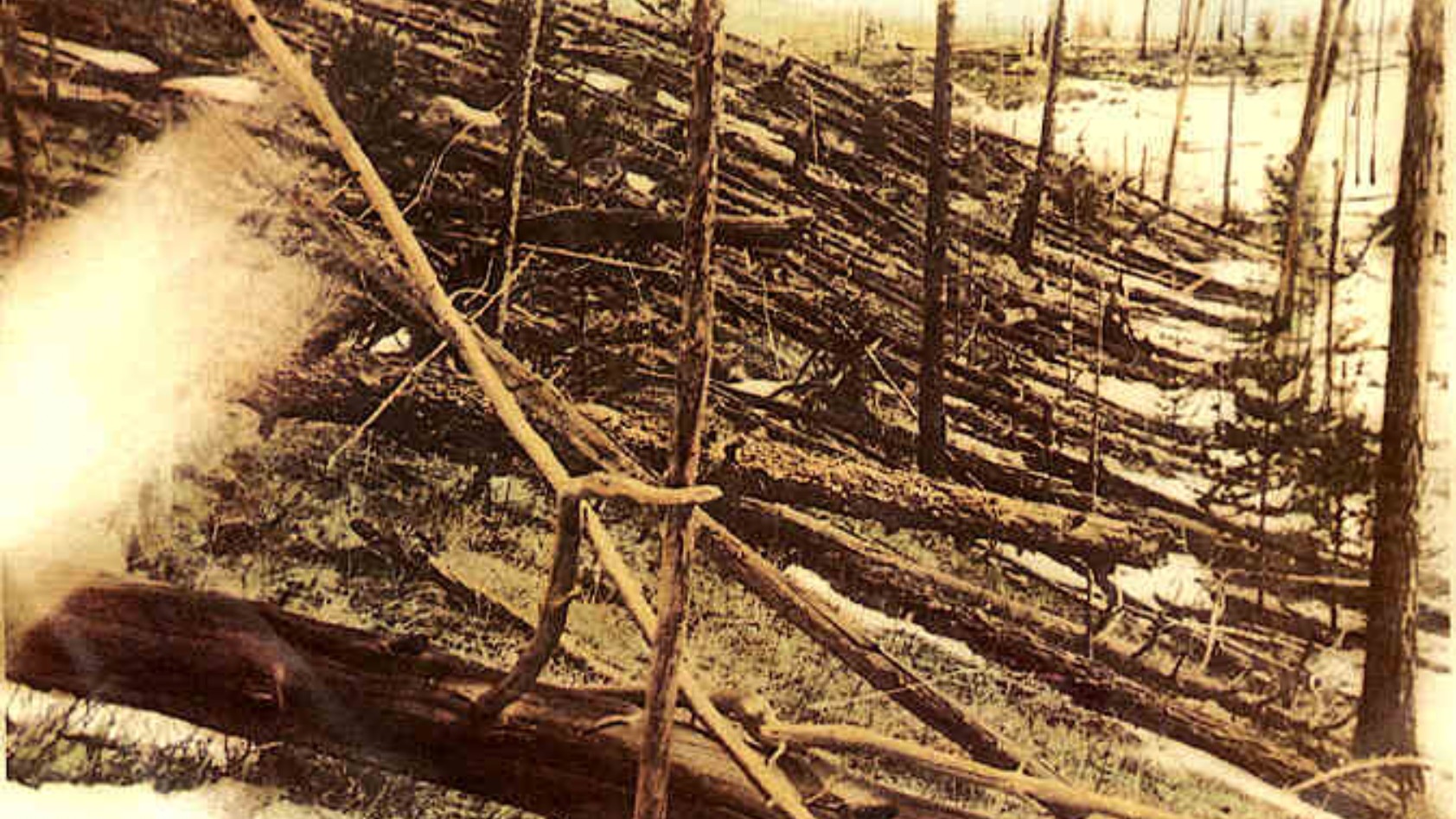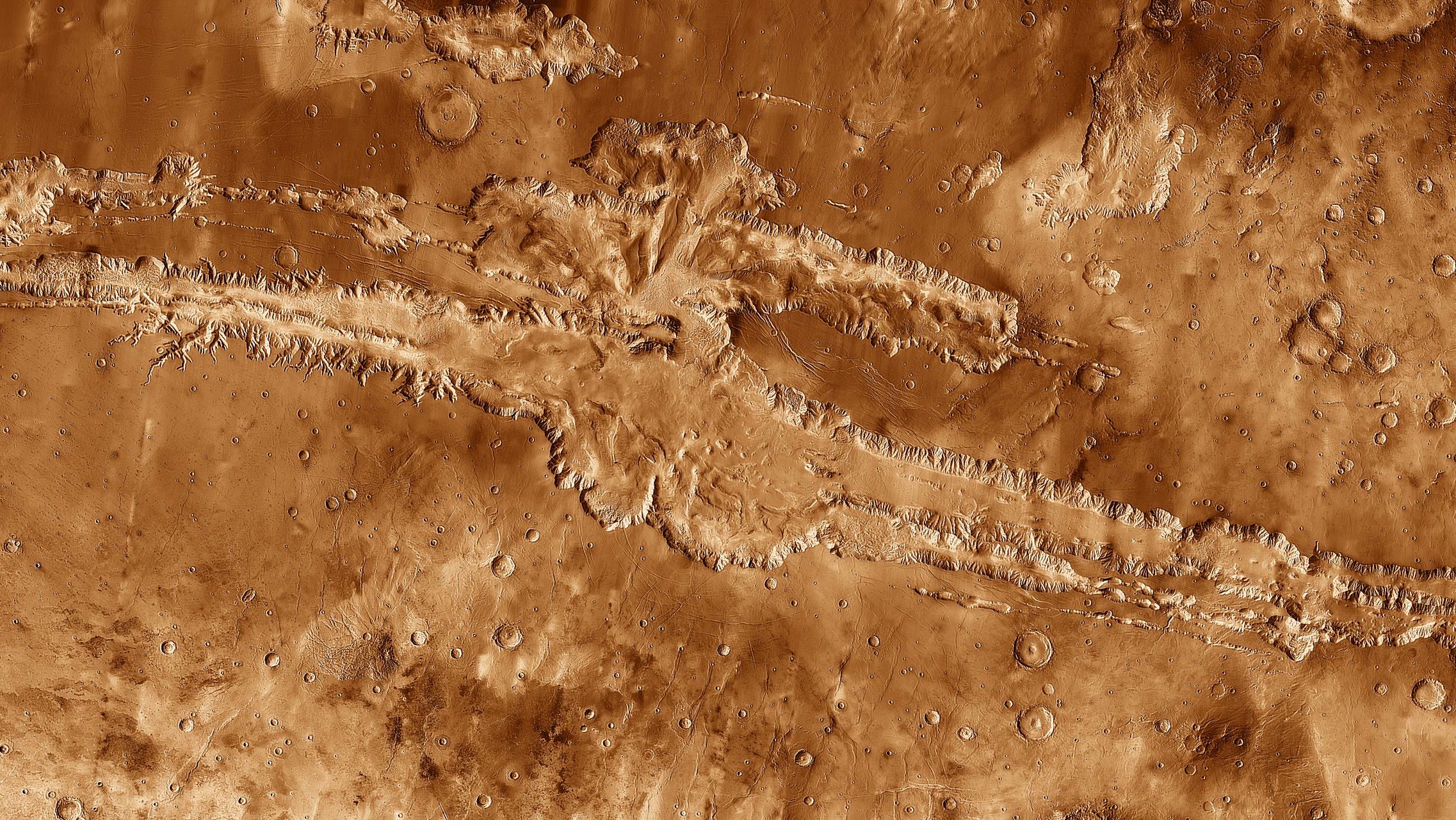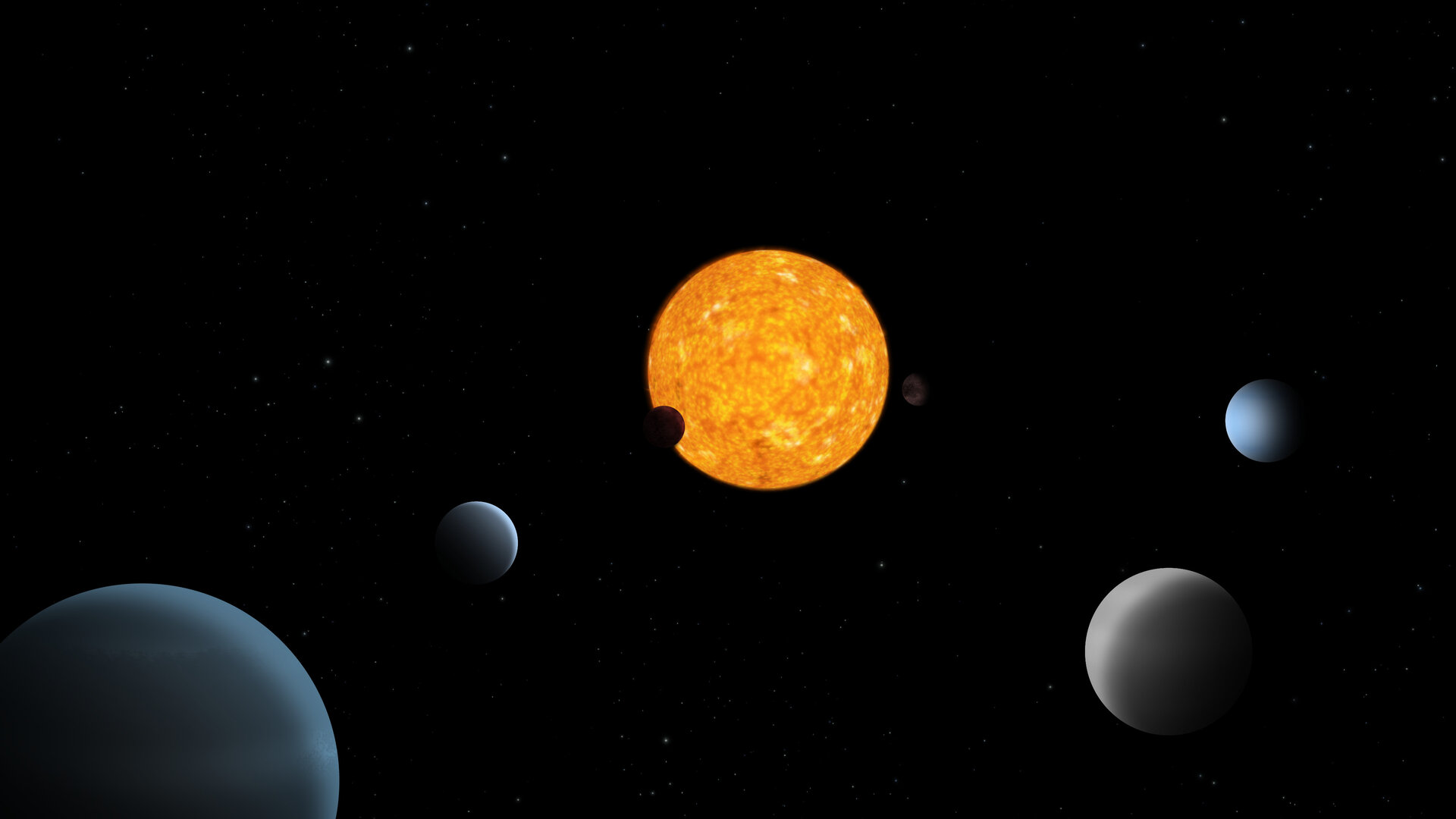Pluto failed to meet the definition of a planet, but some astronomers think there might be a legitimate Planet 9 out there.
Search Results
You searched for: Asteroid Belt
Most potentially hazardous asteroids remain unidentified. NEO surveyor could change that, but only if it’s funded, and soon.
65 million years ago, an asteroid strike caused the 5th great mass extinction. Could we save Earth, today, from a similar event?
A conversation with an advanced alien species is likely to be simple and to take 1,000 years. It might also be dangerous.
The recently discovered Oort cloud comet, Bernardinelli–Bernstein, has the largest known nucleus: 119 km. Here’s what it could do to Earth.
How did the troughs form?
Massive objects like black holes, stars, and rogue planets routinely pass near our Solar System. An ensuing comet storm could destroy us.
From here on Earth, looking farther away in space means looking farther back in time. So what are distant Earth-watchers seeing right now?
More than two years after JWST began science operations, our Universe now looks very different. Here are its biggest science contributions.
Peaking on the night of August 11/12, up to 100 bright meteors per hour will be visible. Here’s how to make the most of it.
Each year in mid-August, Earth plows through the debris stream of an enormous comet, creating the Perseids. 2023’s show will be magnificent!
All the stars, stellar corpses, planets, and other large, massive objects take on spherical or spheroidal shapes. Why is that universal?
Compared to Earth, Mars is small, cold, dry, and lifeless. But 3.4 billion years ago, a killer asteroid caused a Martian megatsunami.
The Moon is the most likely place for evidence from the dawn of life on Earth to be preserved in cold storage.
Yes, NASA’s Perseverance rover found organics on Mars. So did Curiosity. Unfortunately, that doesn’t mean anything in the search for life.
Newborn stars are surrounded only by a featureless disk. Debris disks persist for hundreds of millions of years. So when do planets form?
If there are human-sized creatures walking around on other planets, would we be able to view them directly?
And the one step we can take to show extraterrestrials we’re figuring it out. Every year, Earth’s meteor showers accomplish two important tasks. This composite photograph shows a large number of […]
And what can it teach us about our Solar System’s earliest days? In many ways, astronomy is unique among the sciences. In every other field, you have the ability to design […]
Phobos and Deimos only have two explanations, and neither one adds up.
Once science operations begin for James Webb, we’ll never look at the Universe the same way again. Here’s what everyone should know.
In the largest star-forming region close to Earth, JWST found hundreds of planetary-mass objects. How do these free-floating planets form?
Our Solar System’s outer reaches, and what’s in them, was predicted long before the first Oort Cloud object was ever discovered.
Newton thought that gravitation would happen instantly, propagating at infinite speeds. Einstein showed otherwise; gravity isn’t instant.
Scientists find routes using arches of chaos that can lead to much faster space travel.
The most unique interloper into our Solar System has a natural explanation that fits perfectly — no aliens required.
Based on the atoms that they’re made out of, the innermost planet should always be the densest. Here’s why Earth beats Mercury, hands down.
On the morning of June 30, 1908, an explosion of more than 10 megatons occurred above the sparsely populated Siberian Taiga. What caused the so-called Tunguska event?
Valles Marineris is the Solar System’s grandest canyon, many times longer, wider, and deeper than the Grand Canyon. What scarred Mars so?
The stars, planets, and many moons are extremely round. Why don’t they take other shapes?
